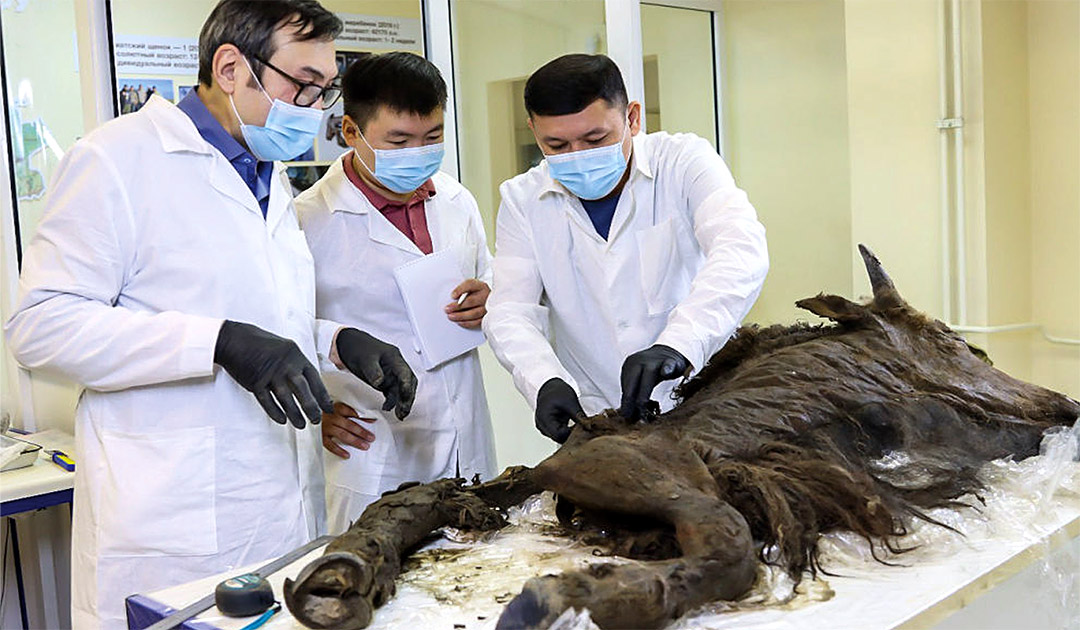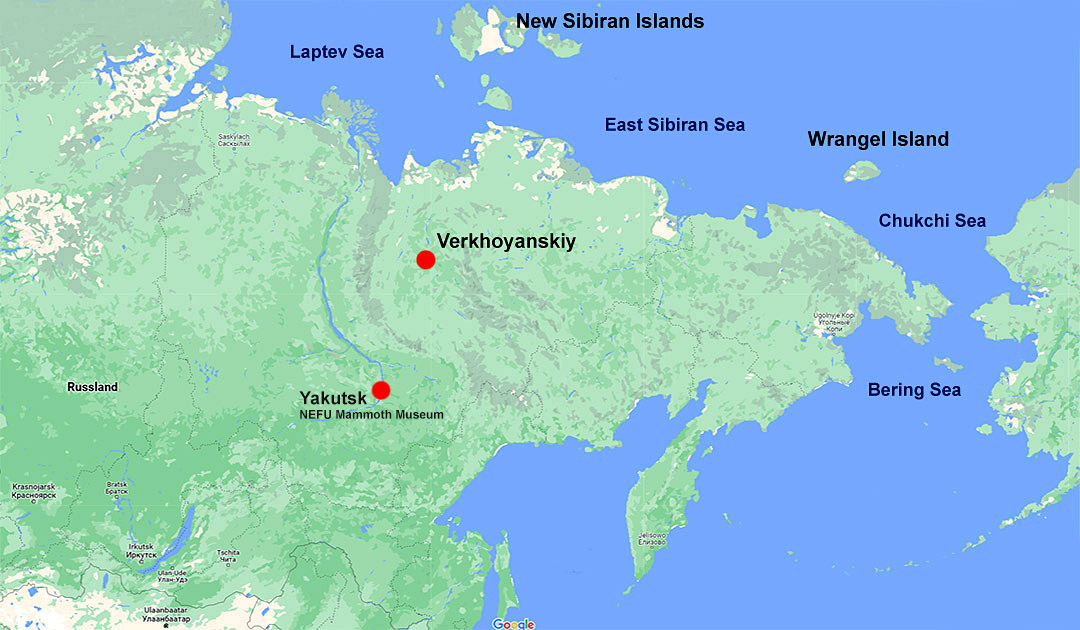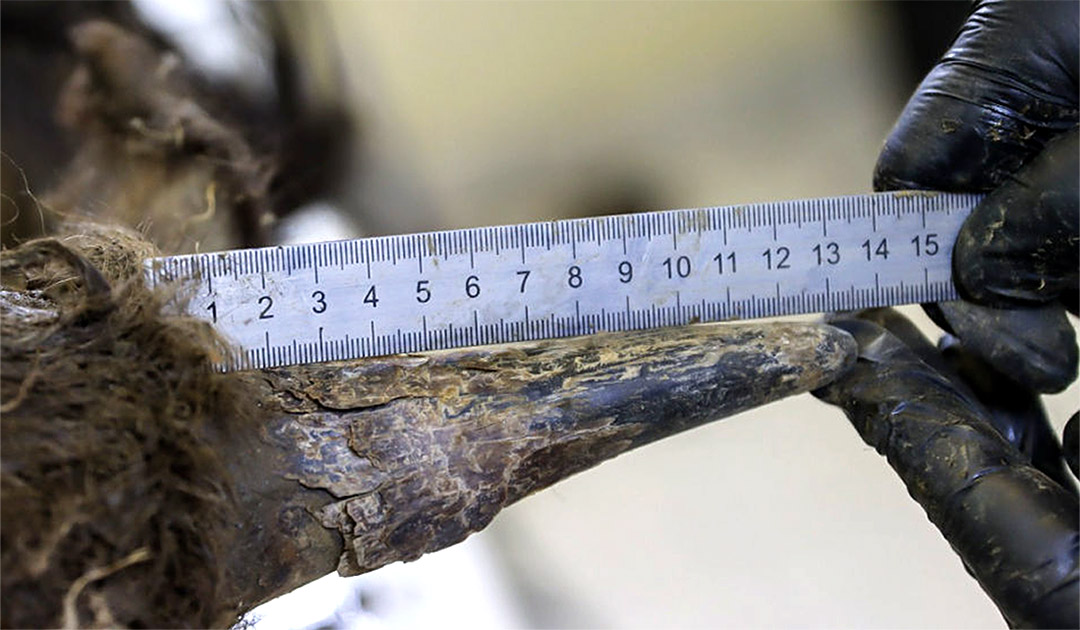
The bison, which was discovered in the Verkhoyansk region of Russia in the summer of 2022, is now being dissected by scientists at North-Eastern Federal University’s Mammoth Museum. The find was not a complete carcass. It includes the head, front legs and part of the chest, which are well preserved. The autopsy allowed samples of soft tissues, muscles, skin, wool and also the brain to be taken, according to an article on the university’s website.

“For now, it is a young individual of 1½ to 2 years. It is not yet known when it died. The geological age of the bison found in 2009 and 2010 was 8 to 9 thousand years, and the biological age was about 2 months, and 4 to 4.5 years, respectively. We can say that the new find has an intermediate biological age that allows us to trace the evolution of ancient bison,” Maxim Cheprasov, director of the Mammoth Museum at North-Eastern Federal University, said in his report.
The latest bison find was discovered in the summer of 2022 by local residents in the Verkhoyanskiy district of Yakutia in the village of Haastaha. The find was an incomplete carcass with the head, front legs and part of the rib cage well preserved. The bison has been given to the Mammoth Museum.
“This summer we plan to revisit the site, where other remains of animal fossils may be found,” Maxim Cheprasov continued.

During dissection, samples were collected for microbiological, histological, cellular, and radiocarbon studies. Tomographic, morphological studies and 3D scans were previously performed for subsequent visualization. The analyses are carried out at various scientific institutions in Russia. The selected materials are stored in the museum’s freezer and in special environments. Once the soft tissue samples were selected, the Molecular Paleontology Center staff and their Korean colleagues immediately began cell research.

“We are working with a unique find that could be cloned in the future thanks to the materials selected. This is now possible through collaboration with a strong team of leading scientists at North-Eastern Federal University,” said NEFU Professor Hwang Woo Sok, director of the UAE Biotechnology Research Foundation.
Heiner Kubny, PolarJournal
More on the topic





